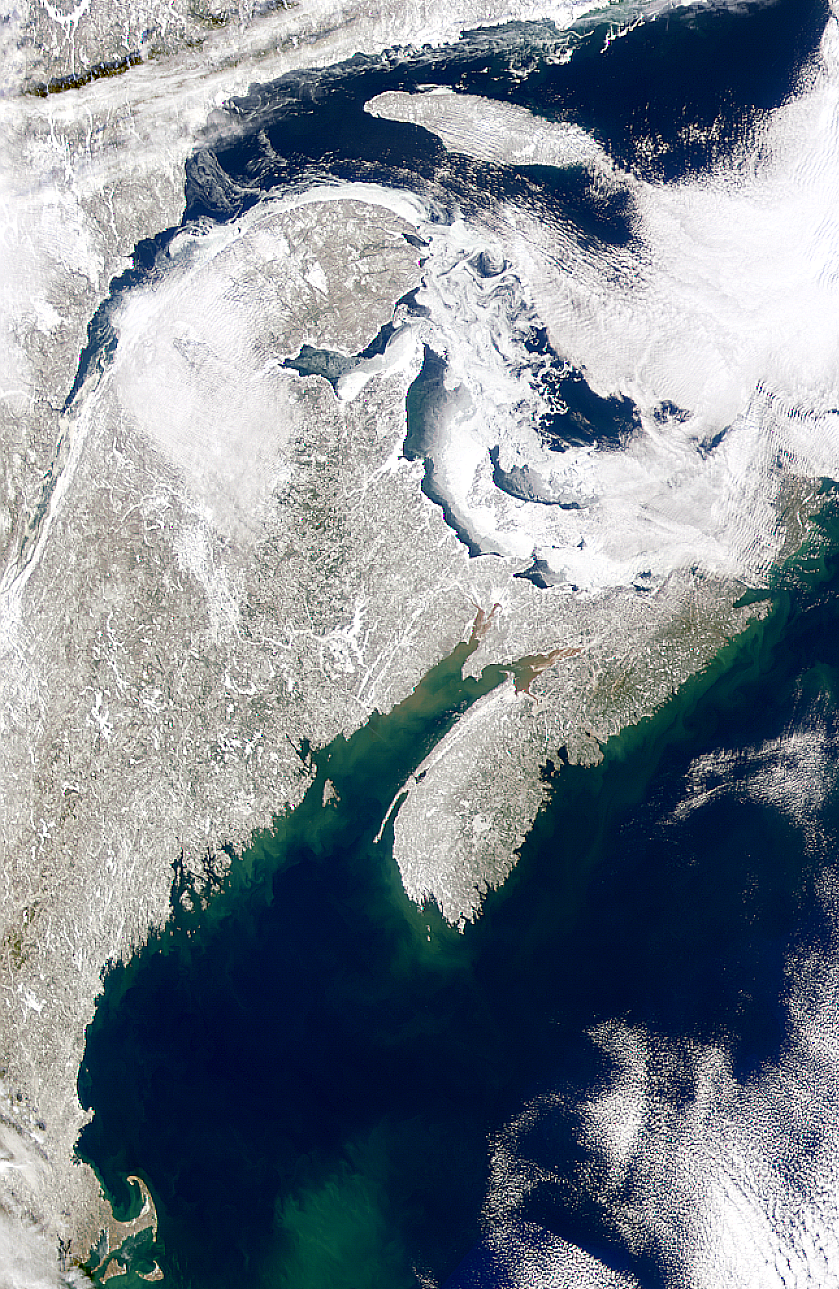Maritime Peninsula on:
[Wikipedia]
[Google]
[Amazon]
 The Maritime Peninsula is a region of eastern North America that extends from the Kennebec River in the U.S. state of
The Maritime Peninsula is a region of eastern North America that extends from the Kennebec River in the U.S. state of
 The Maritime Peninsula is a region of eastern North America that extends from the Kennebec River in the U.S. state of
The Maritime Peninsula is a region of eastern North America that extends from the Kennebec River in the U.S. state of Maine
Maine () is a state in the New England and Northeastern regions of the United States. It borders New Hampshire to the west, the Gulf of Maine to the southeast, and the Canadian provinces of New Brunswick and Quebec to the northeast and ...
northeast to the Maritime provinces
The Maritimes, also called the Maritime provinces, is a region of Eastern Canada consisting of three provinces: New Brunswick, Nova Scotia, and Prince Edward Island. The Maritimes had a population of 1,899,324 in 2021, which makes up 5.1% of Ca ...
of Canada (New Brunswick, Prince Edward Island, and Nova Scotia) and Quebec's Gaspé Peninsula. It is bounded by the Gulf of Saint Lawrence
, image = Baie de la Tour.jpg
, alt =
, caption = Gulf of St. Lawrence from Anticosti National Park, Quebec
, image_bathymetry = Golfe Saint-Laurent Depths fr.svg
, alt_bathymetry = Bathymetry ...
to the north and the Gulf of Maine
, image =
, alt =
, caption =
, image_bathymetry = GulfofMaine2.jpg
, alt_bathymetry =
, caption_bathymetry = Major features of the Gulf of Maine
, location = Northeast coast of the ...
to the south.
The region has been inhabited for about 11,000 years, beginning in the Paleo-Indian period. Contact between native populations and Europeans occurred as early as 1600 in the Gulf of St. Lawrence. Indigenous peoples at the time of European contact included the ancestors of the modern St. Francis (Odanak
Odanak is an Abenaki First Nations reserve in the Central Quebec region, Quebec, Canada. The mostly First Nations population as of the Canada 2021 Census was 481. The territory is located near the mouth of the Saint-François River at its confluenc ...
), Penobscot
The Penobscot (Abenaki: ''Pαnawάhpskewi'') are an Indigenous people in North America from the Northeastern Woodlands region. They are organized as a federally recognized tribe in Maine and as a First Nations band government in the Atlantic ...
, Passamaquoddy
The Passamaquoddy ( Maliseet-Passamaquoddy: ''Peskotomuhkati'') are a Native American/First Nations people who live in northeastern North America. Their traditional homeland, Peskotomuhkatik'','' straddles the Canadian province of New Brunswick ...
, Maliseet, and Miꞌkmaq
The Mi'kmaq (also ''Mi'gmaq'', ''Lnu'', ''Miꞌkmaw'' or ''Miꞌgmaw''; ; ) are a First Nations people of the Northeastern Woodlands, indigenous to the areas of Canada's Atlantic Provinces and the Gaspé Peninsula of Quebec as well as the nort ...
peoples, along with other Algonquian speakers referred to by French explorers as Abenaki
The Abenaki ( Abenaki: ''Wαpánahki'') are an Indigenous peoples of the Northeastern Woodlands of Canada and the United States. They are an Algonquian-speaking people and part of the Wabanaki Confederacy. The Eastern Abenaki language was pre ...
, Etchemin, and Souriquois.
The French colony of Acadia
Acadia (french: link=no, Acadie) was a colony of New France in northeastern North America which included parts of what are now the The Maritimes, Maritime provinces, the Gaspé Peninsula and Maine to the Kennebec River. During much of the 17t ...
occupied roughly the same area.
See also
* British colonization of the Americas *French colonization of the Americas
France began colonizing the Americas in the 16th century and continued into the following centuries as it established a colonial empire in the Western Hemisphere. France established colonies in much of eastern North America, on several Caribbe ...
* Indigenous peoples in Canada
References
{{Coord, 46, 30, N, 66, 0, W, type:landform, display=title Geography of North America Peninsulas of North America